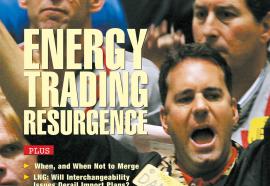The Art of Gas Storage Valuation
Benefits and drawbacks of the most popular estimation methods or modeling techniques.
Before we go about trying to value natural-gas storage, we should try and come up with a list of important considerations in any valuation process. Also, the data requirements should be modest, and the calculation time should be reasonable. But not all gas storage valuations are created equal.









